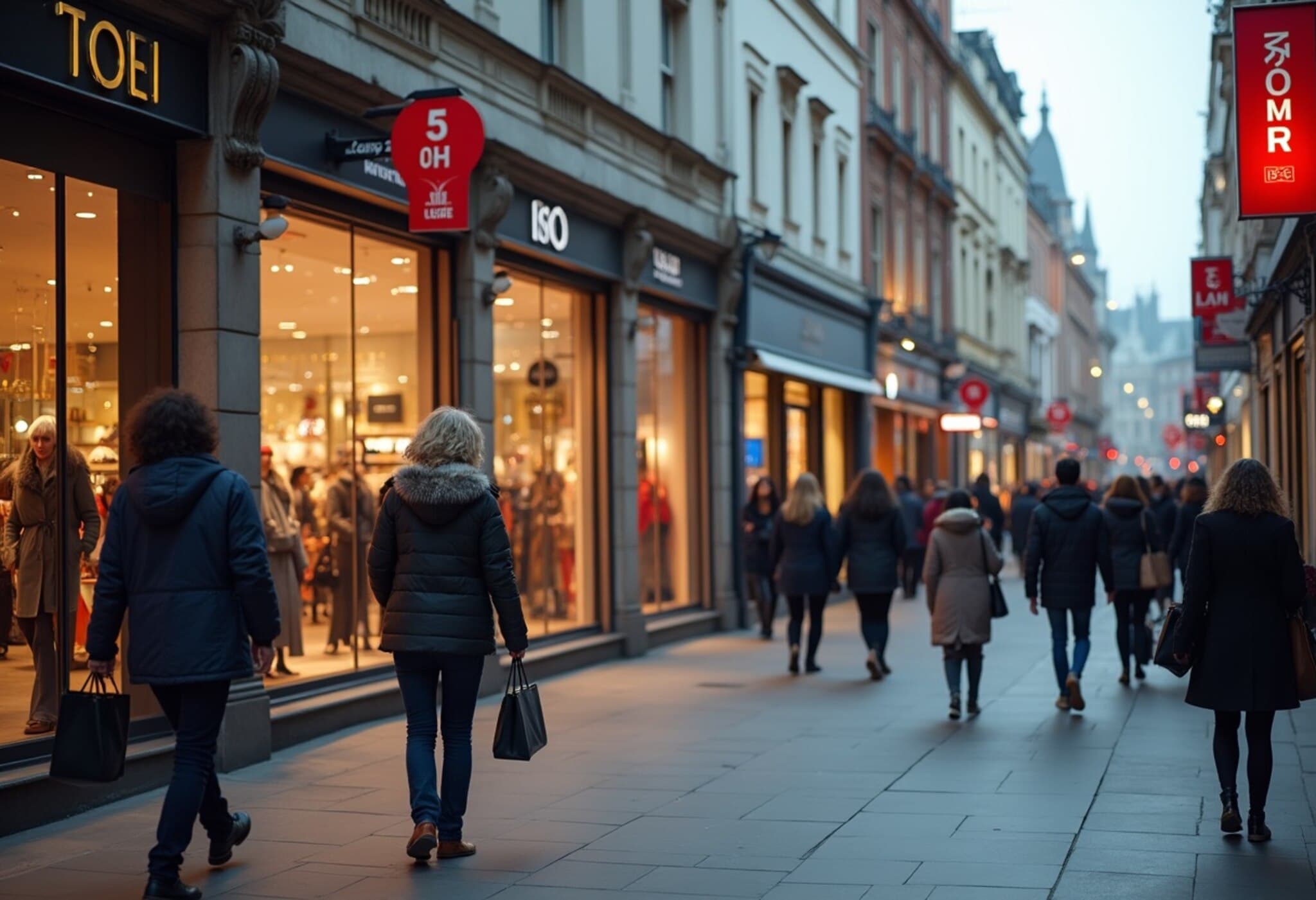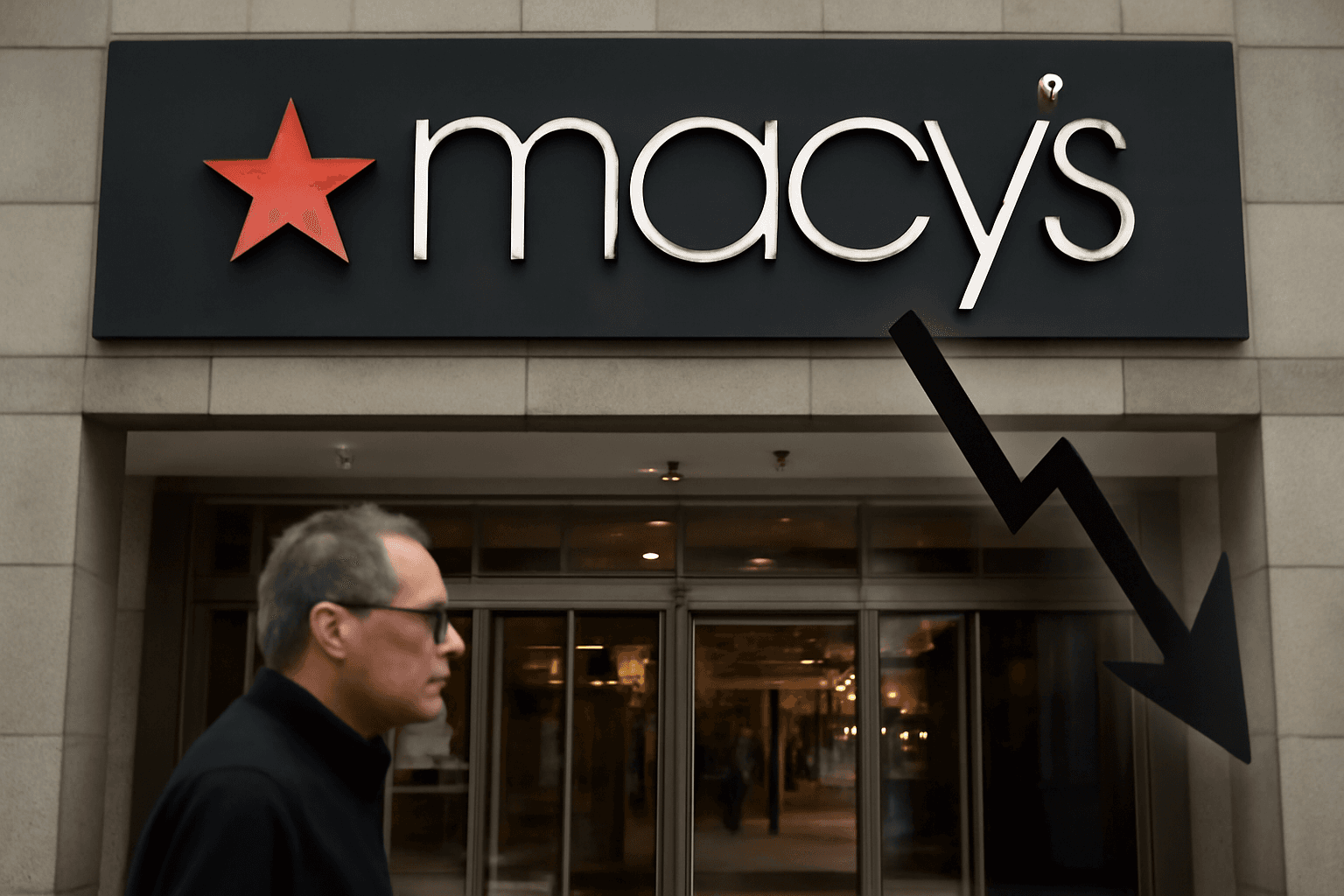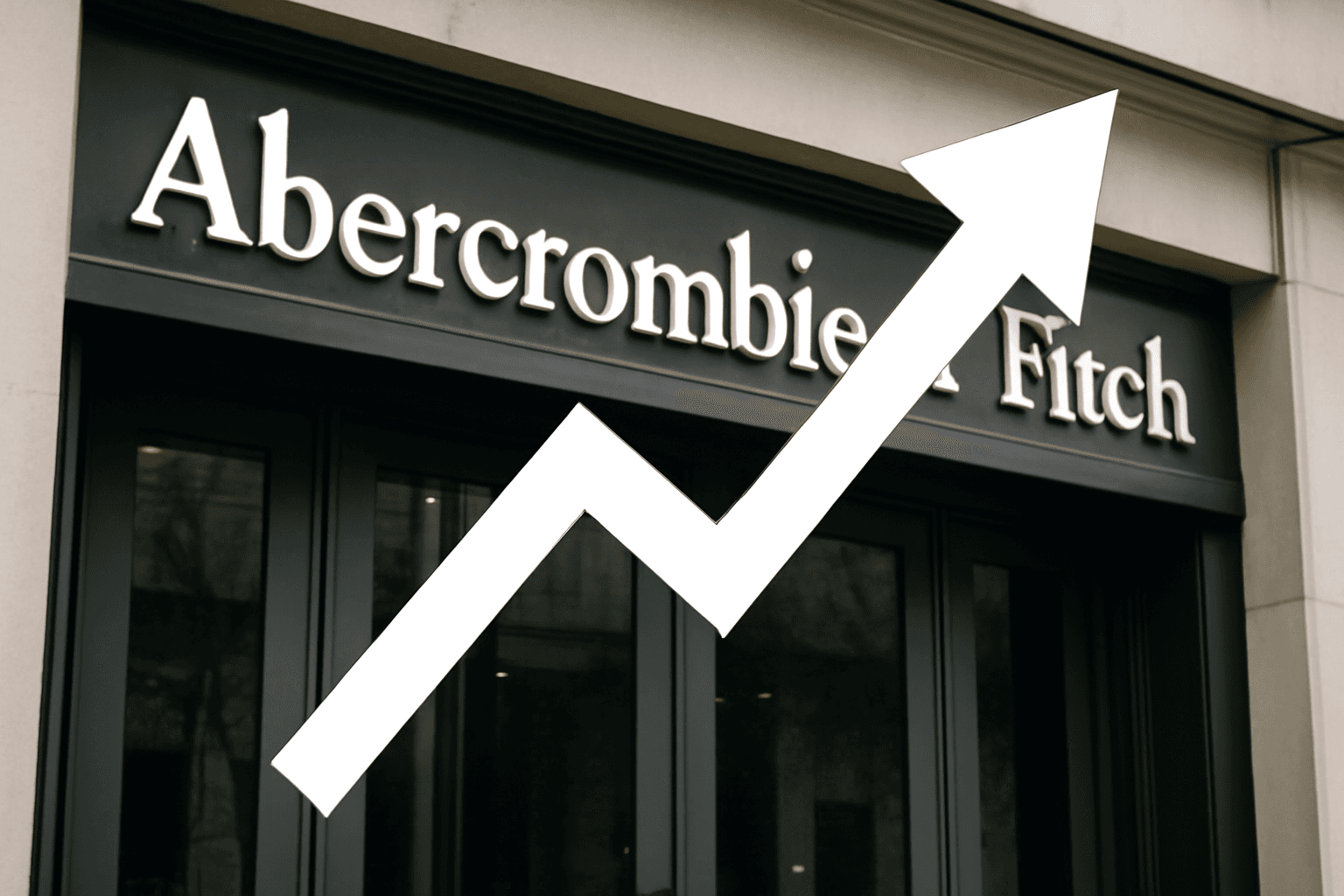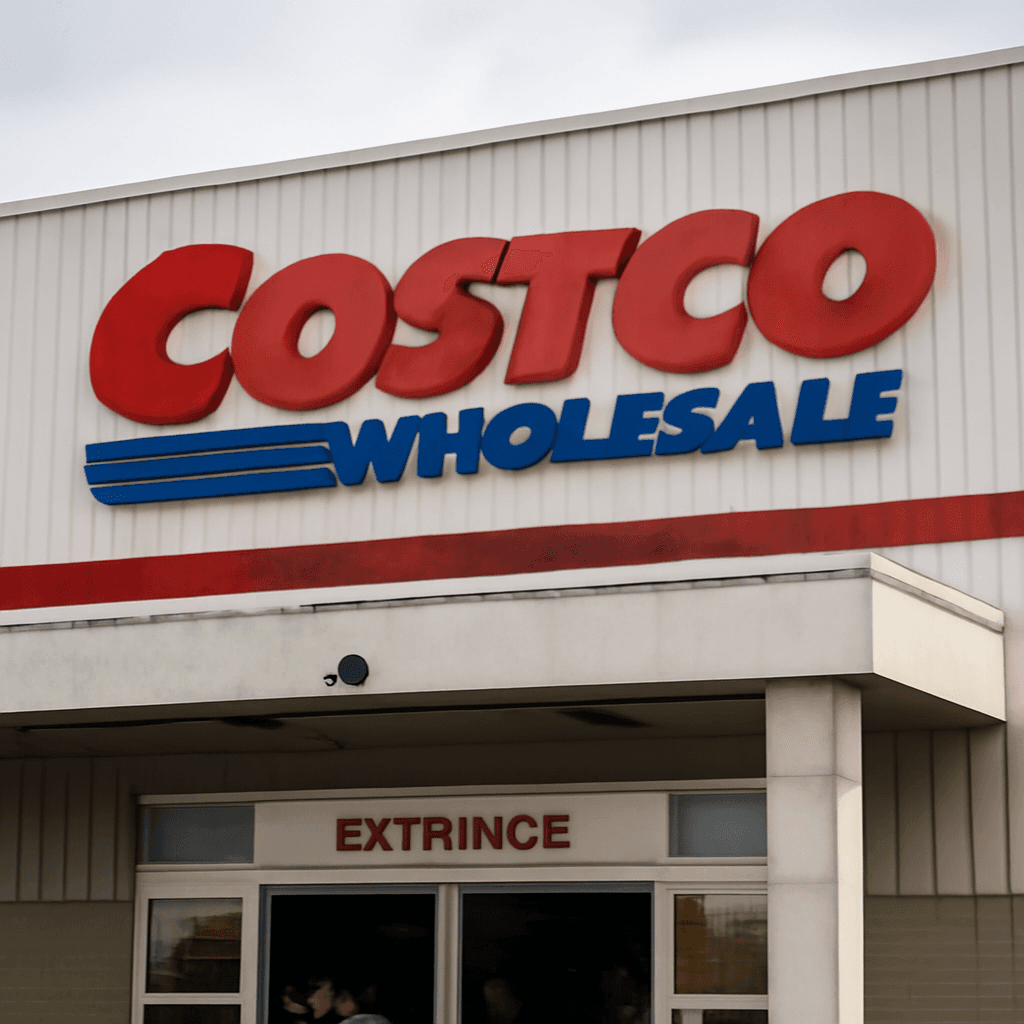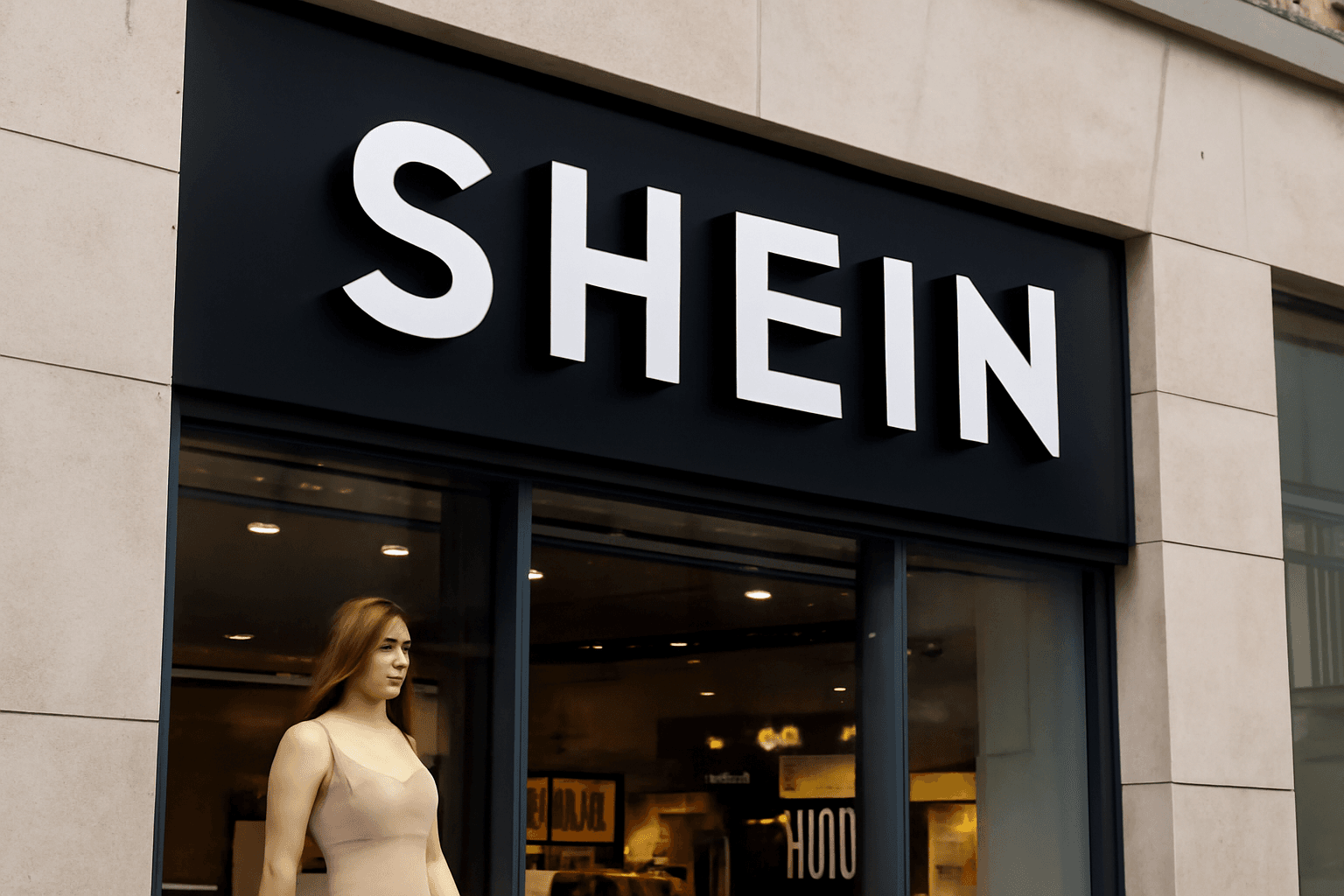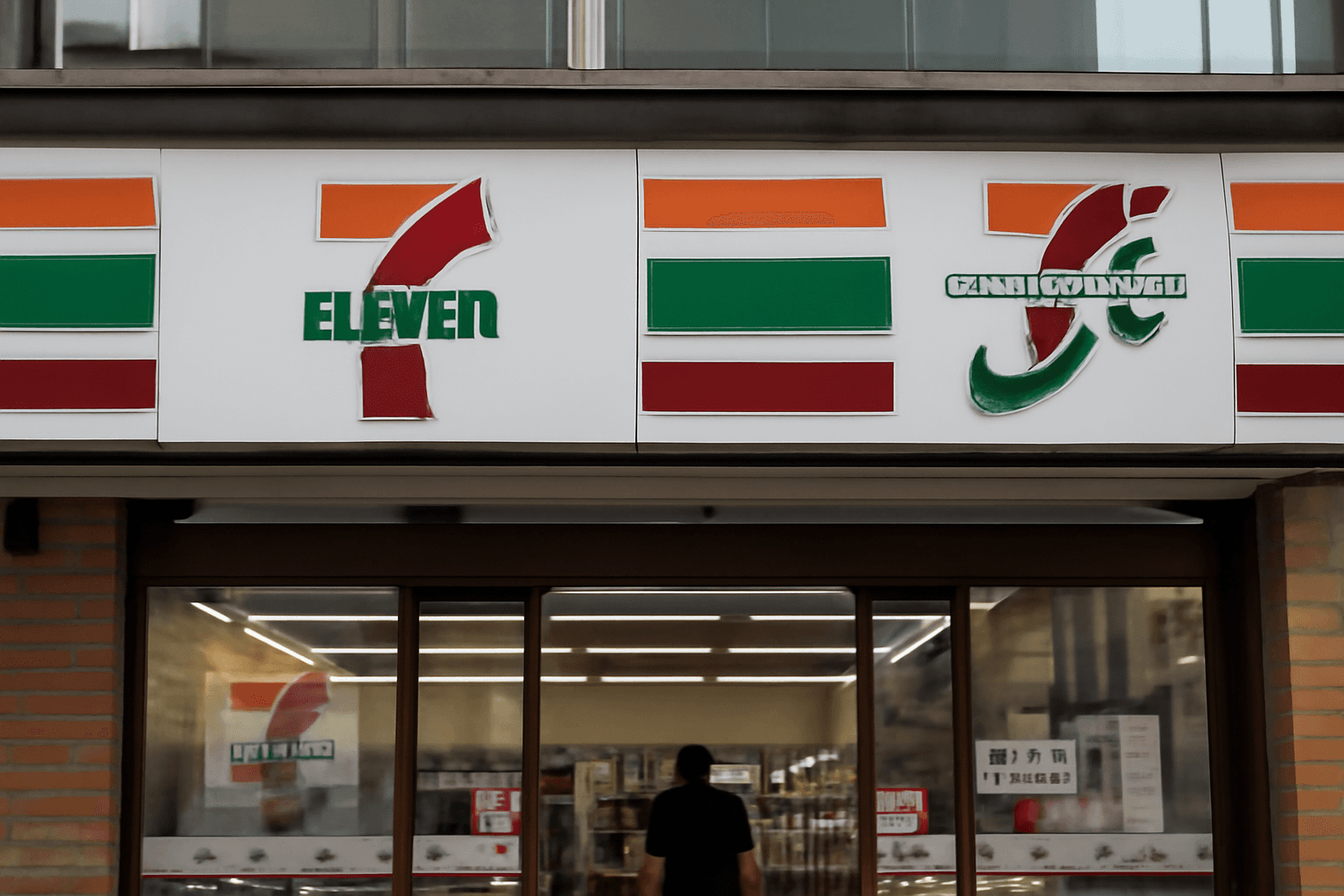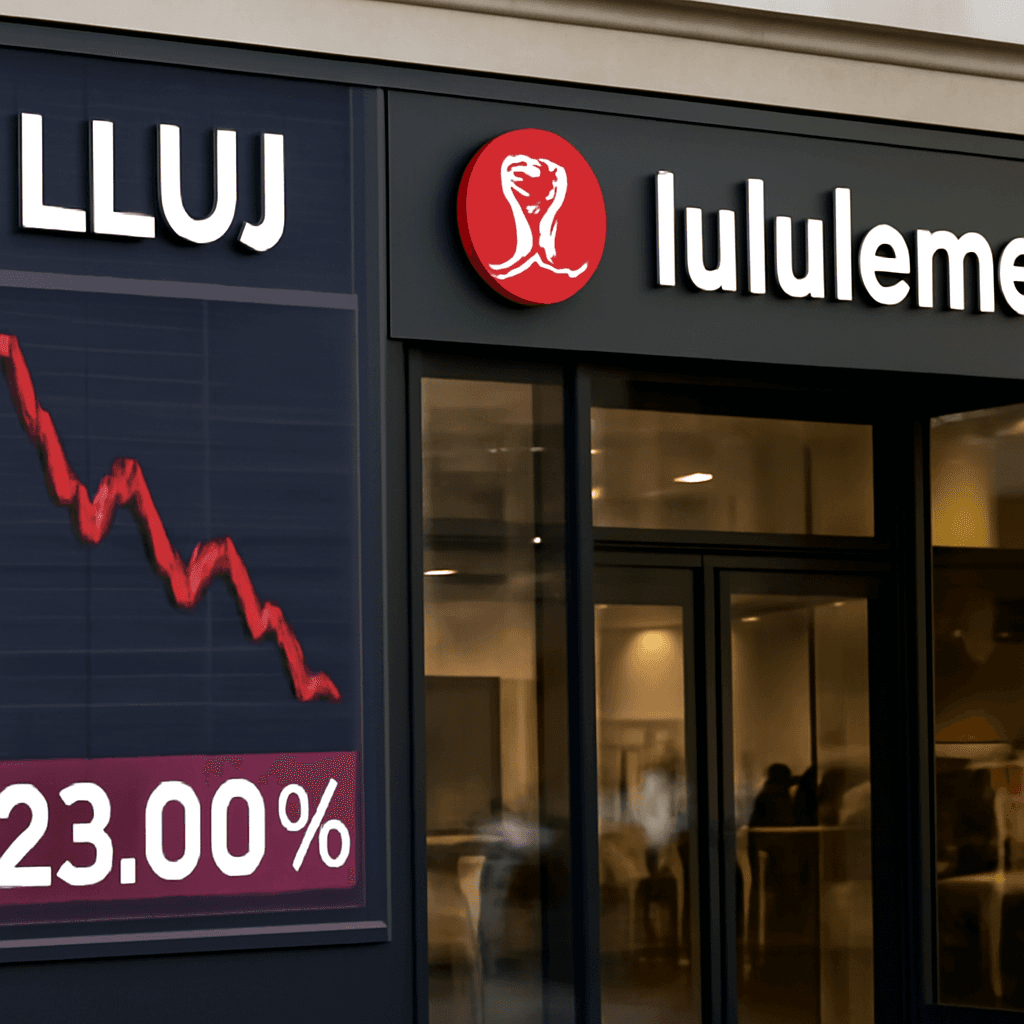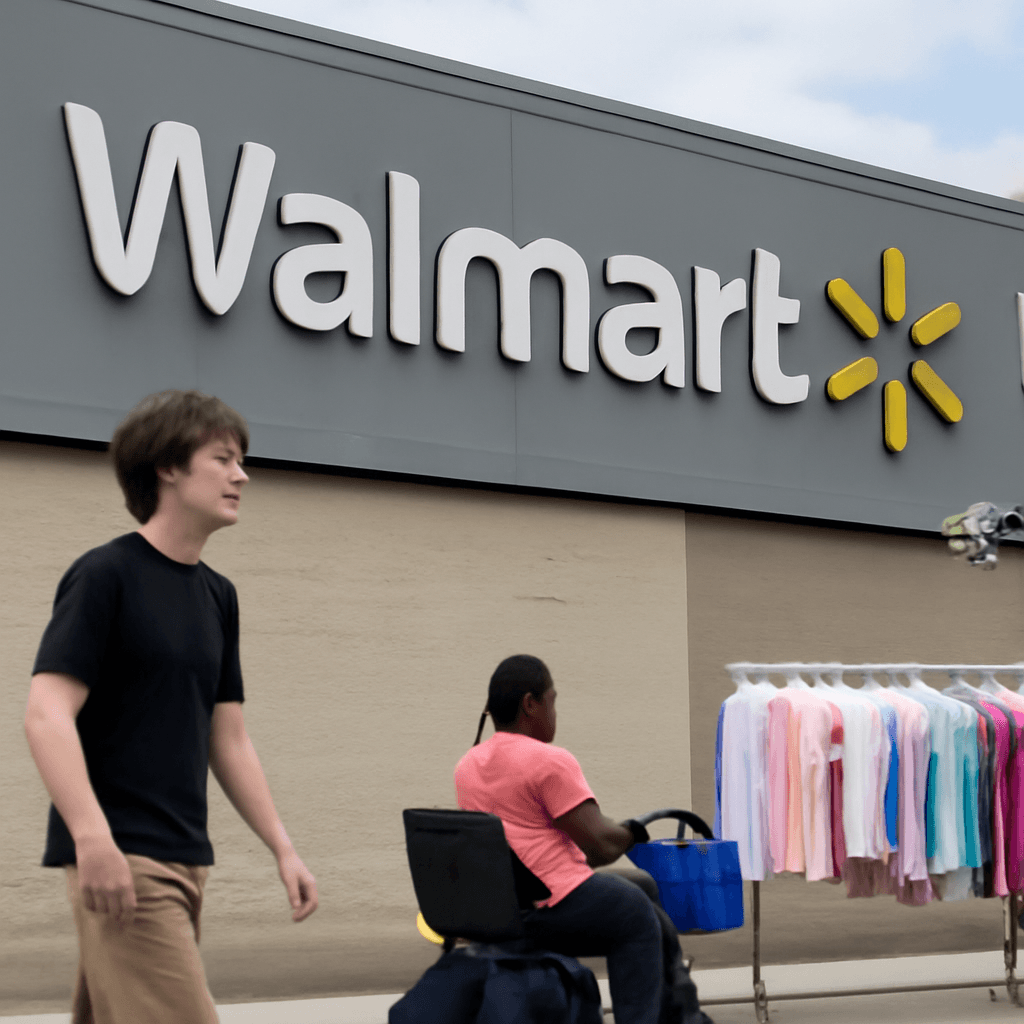Once a ‘Nation of Shopkeepers’: The UK’s Retail Landscape in Turmoil
England’s reputation as a “nation of shopkeepers,” famously chronicled by Napoleon Bonaparte, now seems like a distant echo amid a profound upheaval on Britain’s high streets. Today, the landscape is dominated not by bustling shops but by administrators, insolvency practitioners, and restructuring experts trying to salvage a shrinking retail sector.
A Surge of Retail Store Closures and Job Losses
This year alone, approximately 17,350 retail outlets are expected to close, resulting in the loss of nearly 202,000 jobs, according to the Centre for Retail Research. The closures span a wide spectrum of categories, from fashion and specialty retailers to hospitality chains.
Some iconic names in British retail have recently announced sweeping cuts. Claire’s UK, a long-established accessories chain with 281 locations, is entering administration, aiming for a rescue of part of its business. Toy retail giant Hamleys has shut down 29 stores in addition to 40 closures in 2023. Seraphine, a maternity wear brand once favored even by the Princess of Wales, has ceased trading entirely.
Discount retailers like Poundland, sold for a nominal £1 to a U.S. investment group, are bracing for further closures during restructuring. Similarly, arts and crafts retailer Hobbycraft and the Original Factory Shop are downsizing following acquisition by private equity firm Modella Capital.
Fashion Retail in Freefall
The fashion sector is bearing the brunt of these challenges, pushed to the brink by online competitors such as ASOS and Shein. New Look, a staple of British youth fashion for over half a century, has announced plans to shutter around 100 stores, roughly a quarter of its estate. River Island, a family favorite since 1948, is exploring restructuring options amid uncertain prospects for its 5,500 employees and 250 stores.
These closures echo a wave of store shutdowns and brand reinvention over the past decade, affecting household names like Topshop, Dorothy Perkins, Ted Baker, and Debenhams. Many have switched to online-only presence or slimmed down their physical footprints drastically.
Hospitality Sector Also Hard Hit
Retail isn’t the sole casualty; hospitality is undergoing painful contraction too. Established brands including Byron Burger, Chipotle, Frankie & Benny’s, and Papa John’s have closed multiple locations. Most recently, dim sum chain Ping Pong ended operations after two decades, while Côte, once boasting 100 outlets, faces potential closures amid investor uncertainty.
Why Are UK High Streets Crumbling? A Multi-Layered Crisis
Short-Term Pressures
- National Insurance Contribution hike: Introduced by Chancellor Rachel Reeves in April 2024, employer National Insurance Contributions rose from 13.8% to 15%, with a lowered payment threshold from £9,100 to £5,000. This increased employment costs sharply, especially detrimental for retail and hospitality sectors reliant on part-time staff. Industry groups estimate this alone may cost retail firms some £2.3 billion annually.
- Rising minimum wages: The minimum wage climbed from £11.44 to £12.21 per hour, with qualifying age downshifted to 21, increasing labor costs. Younger workers now earn more, exacerbating financial strain.
- Consumer caution: With the backdrop of rising unemployment and economic uncertainty post-pandemic, consumers are tightening their wallets, dipping into savings and curbing discretionary spending. The UK’s savings rate, high during Covid, has begun to fall — a signal of growing financial vulnerability.
- Local policies complicate access: Increased parking fees and low traffic neighborhood schemes in many towns have made visiting the high street less convenient, nudging shoppers toward online or out-of-town retail parks.
Long-Term and Structural Challenges
- Business rates burden: A centuries-old tax on commercial properties disproportionately penalizes brick-and-mortar retailers, while online giants like Amazon sidestep similar overheads, intensifying the competitive gap.
- Shifts in property ownership: Large commercial landlords have largely retreated from high street exposure, focusing investments on retail parks and malls. This leaves smaller, less resilient landlords, often unable to help tenants weather financial storms, contributing to an increasing number of vacant storefronts.
- Changing consumer behaviors: Digital shopping trends, catalyzed by Covid lockdowns, have accelerated a permanent shift away from traditional in-person retail, leaving many high streets devoid of major brands.
- Market overcapacity: Some analysts argue the UK’s retail sector has long been crowded with too many operators. The wave of closures may represent an overdue market rationalization, pruning excess and inefficient business models.
The Economic and Social Ramifications
The ripple effects of these closures go beyond the shuttered shops. Reduced foot traffic harms remaining businesses, creating a feedback loop that accelerates decay in once-thriving town centers. The replacement of traditional retailers by niche tenants such as vape shops and charity outlets, while filling empty units, marks a shift away from the varied retail experiences that once defined British high streets.
As Jane Smith, a retail economist at Shore Capital, notes: "The UK consumer is fed up, confidence is low, and 'Broken Britain' feels all too real on our high streets."
Government and Industry Responses
The government contends that tax changes are tough but essential to fund public services and protect workers’ net incomes. However, industry leaders call for a nuanced approach to business rates and support measures tailored to revive high streets.
The Labour Party’s pledge to rebalance business rates between online giants and high street retailers awakened fears among supermarkets and large retailers concerned about increased costs. Finding a policy equilibrium between encouraging investment, protecting jobs, and rejuvenating town centers remains an urgent challenge.
Looking Ahead: A Turning Point for British Retail?
While fierce headwinds batter UK retail and hospitality, some see potential for transformation. Retail parks, out-of-town shopping hubs, and evolving digital strategies may pave new paths forward. Nevertheless, the social value and economic function of vibrant high streets remain vital questions for policymakers and communities alike.
Expert Insight
Ian King, CNBC’s UK Exchange newsletter editor, reflects: "What we are witnessing is less a temporary decline and more a fundamental reshaping of British retail. The high street as we knew it is being redefined, and with it, the communities that depended upon it."
Editor’s Note
The crisis gripping the UK’s high streets is a complex tapestry of economic pressures, evolving consumer habits, and policy challenges intersecting with social change. As stores disappear and jobs vanish, the question remains: how can the UK foster resilient, inclusive retail environments that honor tradition while embracing the future? This is a story still unfolding, with profound implications for communities and the economy.

